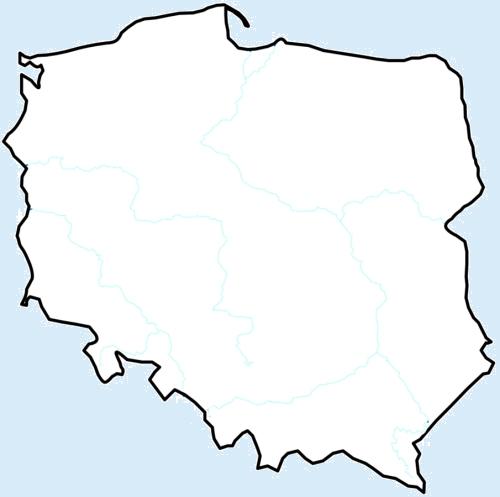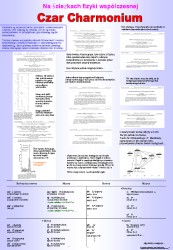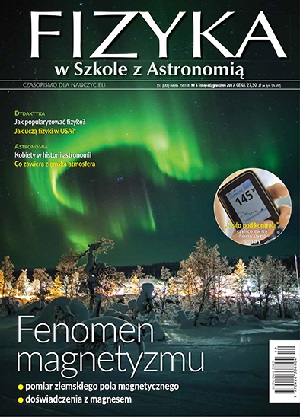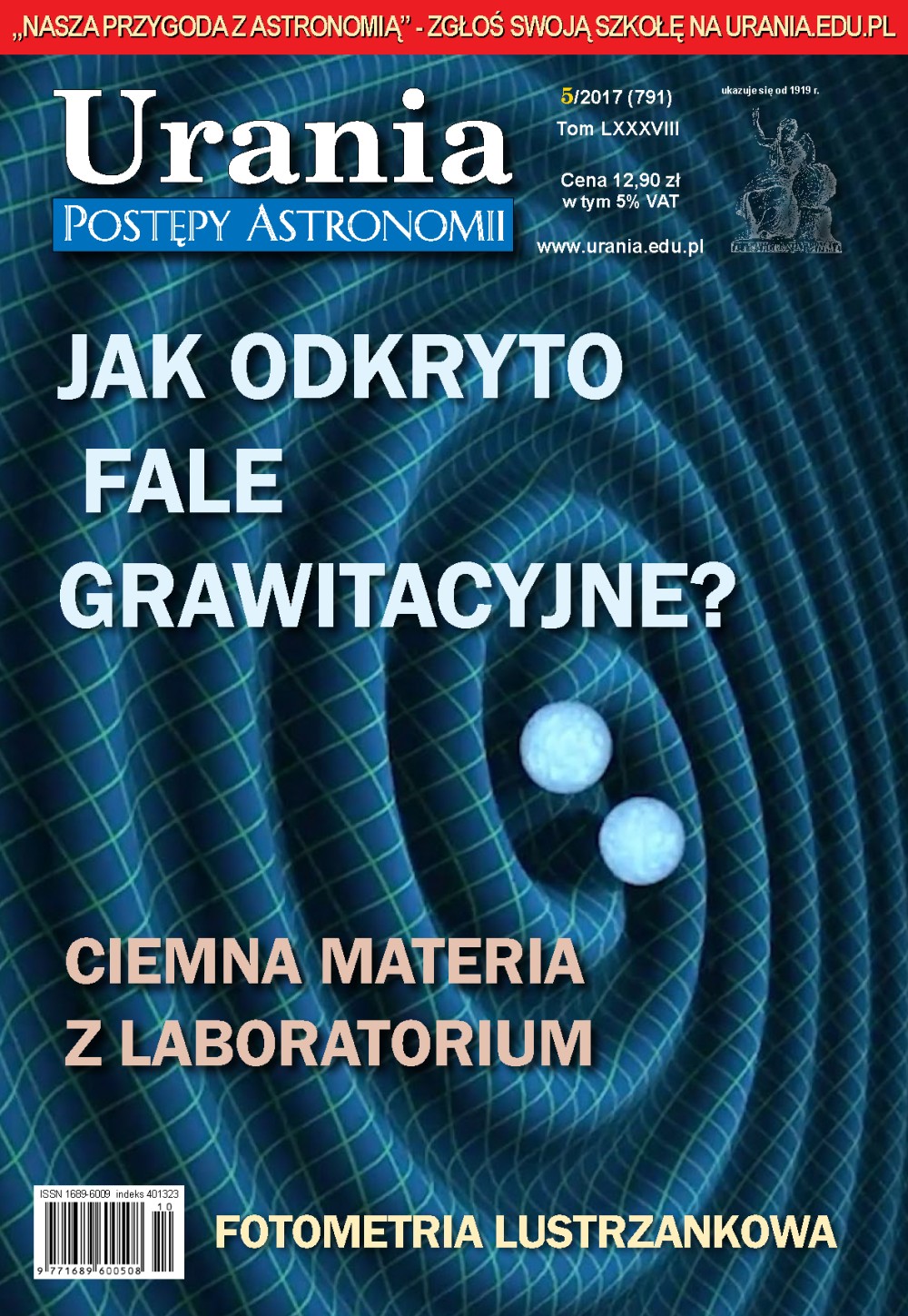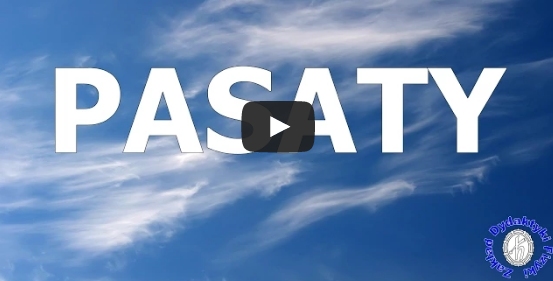 |
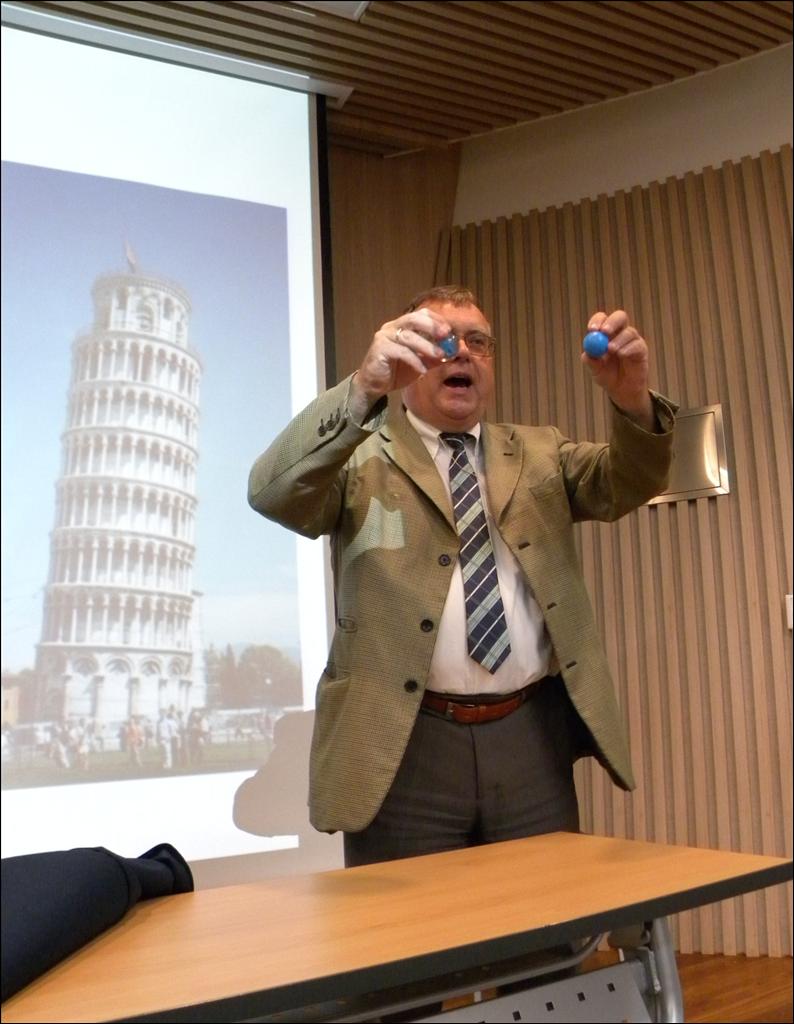 |
 |
 |
 |
 |
 |
 |
 |
| Przegląd prasy | Dla nauczycieli | Dla młodzieży | Przyroda | Video-fizyka | Fizyka współczesna | Projekt FCHGo | Innowacyjna fizyka | Projekt E4 |
고다현 Ko Da Hyeon (KDH) Hello professor, I'm ko da hyeon, Who ask a question. I'm very nice to meet you and your lecture is very interesting. Despite my troble English language skill, thank you for your answer. But I wonder that you understood my question because of my English language skill. So I want to tell you my question detailedly. I heard that in no gravity, object 's movement is constant velocity or stop. In your experiment, the square was dropped when pendulum went up as it can, which its velocity is zero. And, my question is what happens when pendulum's location is middle. I expect that when it drops very very long time, it will turn like circle because it has velocity. (...) Grzegorz Karwasz (GK) Dear Ko Da Hyeon, there is no gravity, if objects FALL freely, like a lift, when a rope is broken. The pendulum is stopped in its motion inside a falling frame, because it was launched in the moment that it was not moving (in the moment of the maximum angle). Therefore, the ball is not moving any more as pendulum, but falls freely. What happens if we leave the frame fall in the moment that the pendulum is vertical? There are two cases: if we do it with pendulum not moving, the ball will simply fall down vertically. In the second case, i.e. with the pendulum moving, in the central point the ball has horizontal velocity. When the frame starts falling, there is no force acting on the ball from the ROPE of pendulum. But the ball has horizontal velocity which will be preserved. Still, on the ball there is also the gravitation acting - so its movement will be like throwing objects horizontally. Without rope the trajectory would be parabolic. But the rope will limit this parabolic movement. Tomorrow late afternoon in Europe (it means late evening in Korea) my collaborators will make films and put as You can also find both today's lessons at the same address: So, please wait till tomorrow evening to see new films and write me again. Grzegorz Karwasz GK Dear Ko Da Hyeon, I am back in Poland. Flying back in the aeroplane I meditated on your question: You are right, if pendulum starts falling when it goes through the middle point, it should make a FULL circle. Unfortunately, it is not easy to show. On the page Two last of them http://dydaktyka.fizyka.umk.pl/nowa_strona/?q=node/586#3 are done following your question: with the pendulum in the middle. Congratulation again for your very wise thinking Prof. Grzegorz Karwasz KDH
I'm sorry to be late. I was in test. Thank you for sending page with film. I want to be check that I understand right. Can the gravity force pull up? Did you say reaction? Or inertial force or air resistance? Thank you for your responce very much! It help me understand physics more, greatly. With best regards, ko da hyeon. GK
Dear Ko Da Hyeon, congratulation for the good mark in Physics. Again you asked very good questions. The rope receives the force - yes! The point that makes this force is the frame, where the rope is attached. It comes from 3rd principle of Newton: the ball tends to fly left (it has velocity to the left), pulls the rope, the rope pulls the frame. The frame has its (big) mass, so it does not follow the trajectory of the ball: it pulls the rope and than the ball. We will try to make some arrows on the film on Tuesday. The same with the other part of the rope that is used for pulling up the frame. Congratulations again GK
sorry for not writing earlier, but with the beginning of academic year in Poland I have a lot of work with my Polish students. My collaborator, Mr Krzysztof Służewski, made the film with a short pendulum in falling frame. As you supposed, the motion of pendulum with a falling frame (without the rope on the other side) is CIRCULAR motion, with CONSTANT velocity. You were very intelligent asking this question and INSISTING on your IDEA. Congratulations! and say to your parents that I made you personal congratulations. Later today (it will be night in Korea) I will put some pictures on internet from our lecture. Have a nice week! KDH Dear Prof. Grzegorz Karwasz, Thanks to both of you and Mr Krzysztof Służewski for films. Thank you very much! ko da hyeon
|
|||

